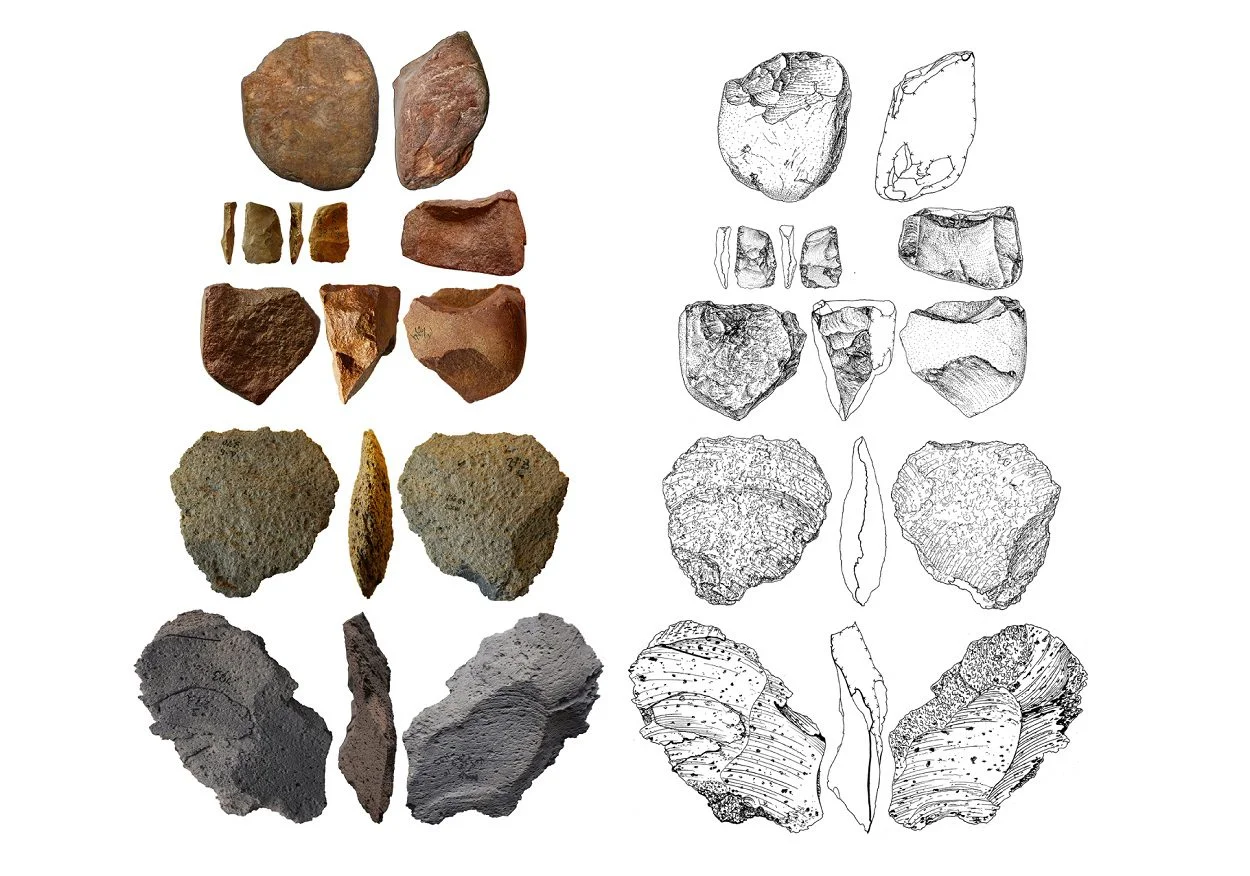A new study led by the Nuclear Physics Institute of the Czech Academy of Sciences (CAS) and Institute of Archaeology of the CAS suggests that human occupation of Europe first took place 1.4 million years ago.
This is based on an analysis of rudimentary stone tools unearthed near the town of Korolevo in present-day Zakarpattia Oblast (Transcarpathia), near Ukraine’s borders with Romania and Hungary.
Although no human remains have recovered from the site, the stone tools indicate that they were made by Homo erectus, an extinct species of archaic human associated with the Acheulean stone tool industry.
The study applied a recent advancement in mathematical modelling, combined with applied burial-dating methods using cosmogenic nuclides to suggest that the tools date from 1.4 million years ago, predating the site of Atapuerca in Spain by 200,000 to 300,000 years.
Roman Garba, lead author of the study, said: “Our earliest ancestor, H. erectus, was the first of the hominins to leave Africa about two million years ago and head for the Middle East, East Asia, and Europe. The radiometric dating of the first human presence at the Korolevo site not only fills in a large spatial gap between the Dmanisi site in Georgia and Atapuerca in Spain, but also confirms the hypothesis that the first wave of hominin dispersal into Europe came from the east or southeast.”
Based on climate models and pollen data, the Homo erectus migration into Europe likely occurred during three possible interglacial warm periods following the Danube River migration corridor and provides new insight into the dispersal routes of the “first Europeans”.
“This study is the first time our new dating approach has been applied in archaeology,” John Jansen says. “I expect our new dating approach will have a major impact on archaeology because it can be applied to sedimentary deposits that are highly fragmented, meaning there are lots of erosional gaps. In archaeology we nearly always find fragmented records, whereas the traditional long-range dating method, magnetostratigraphy, relies on more continuous records.”
Header Image Credit : Institute of Archaeology of the CAS
Sources : Institute of Archaeology of the CAS – Garba, R., Usyk, V., Ylä-Mella, L. et al. East-to-west human dispersal into Europe 1.4 million years ago. Nature (2024). https://doi.org/10.1038/s41586-024-07151-3





